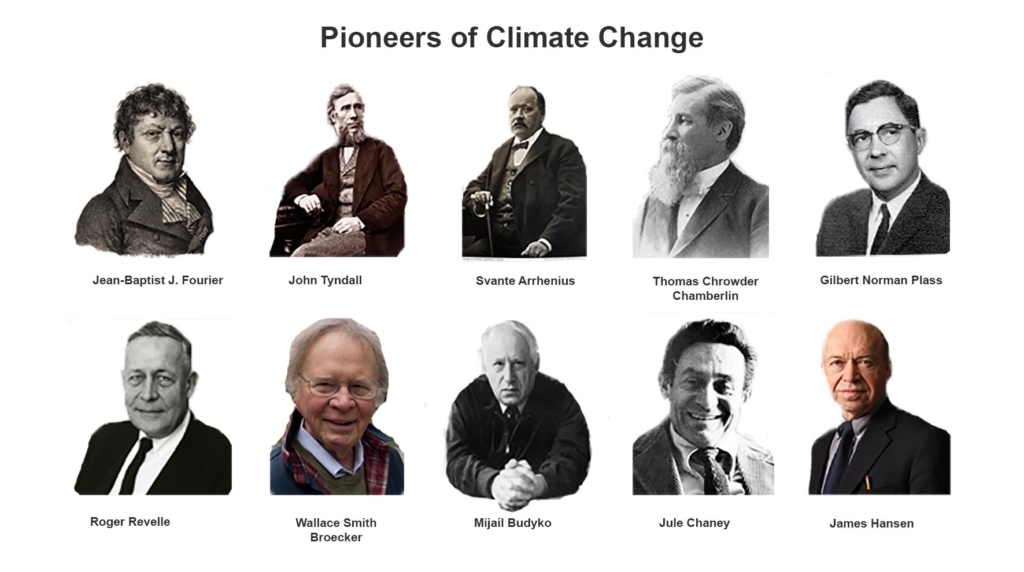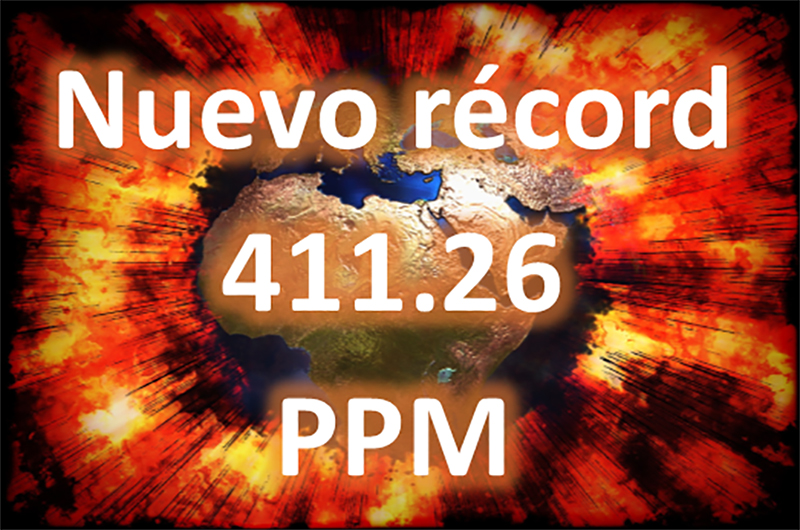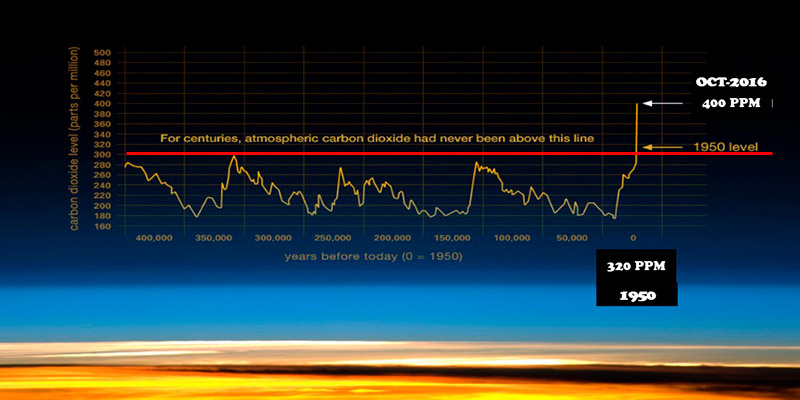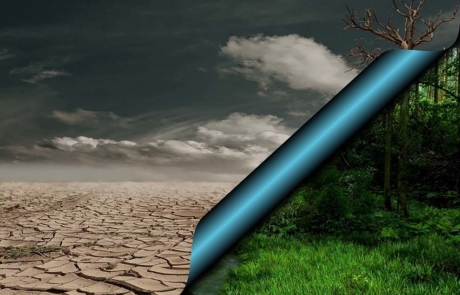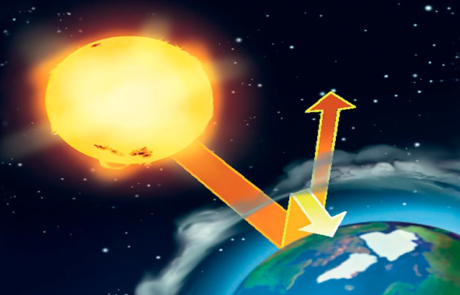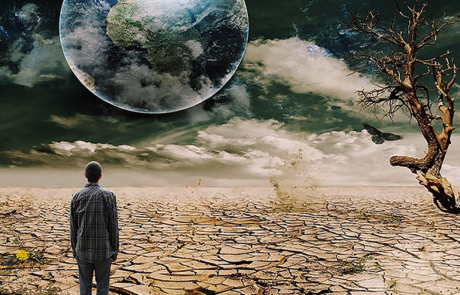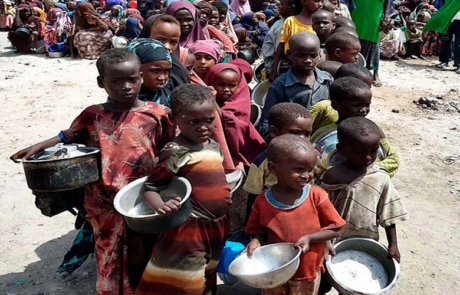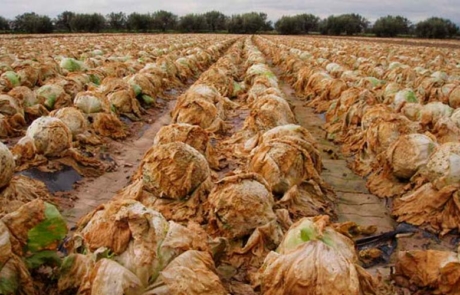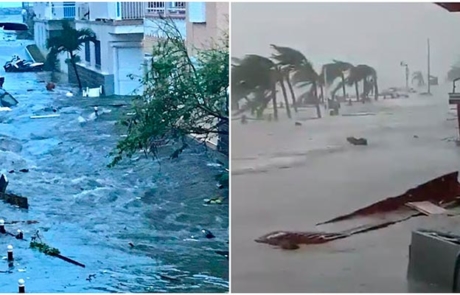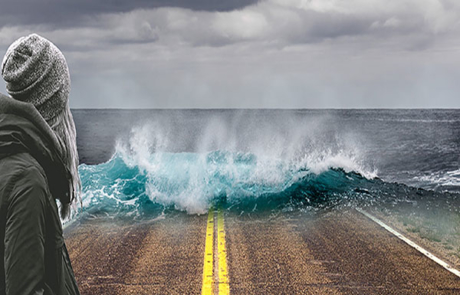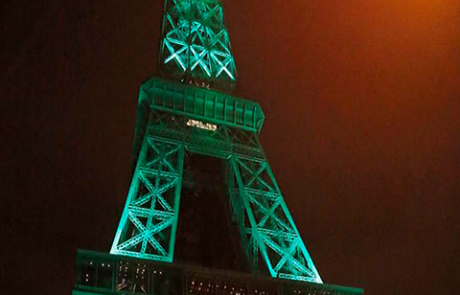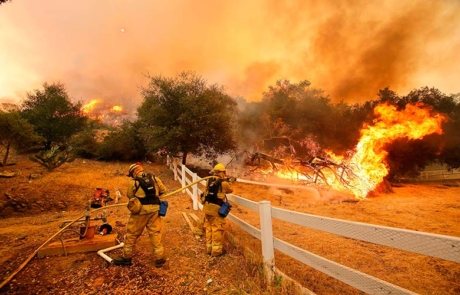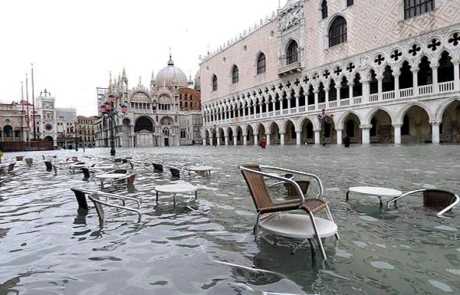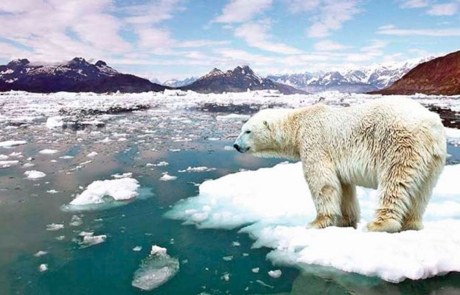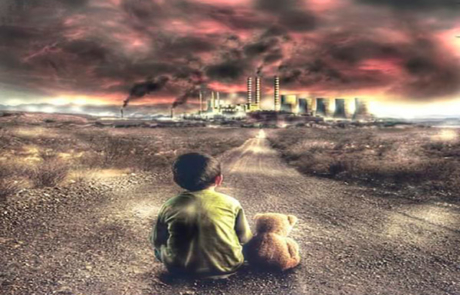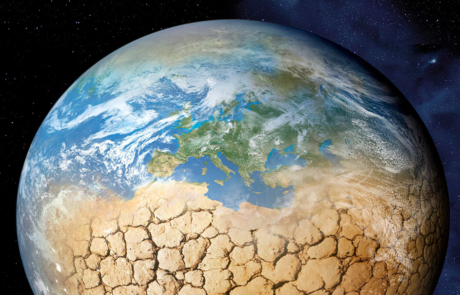FAQs about Climate Change
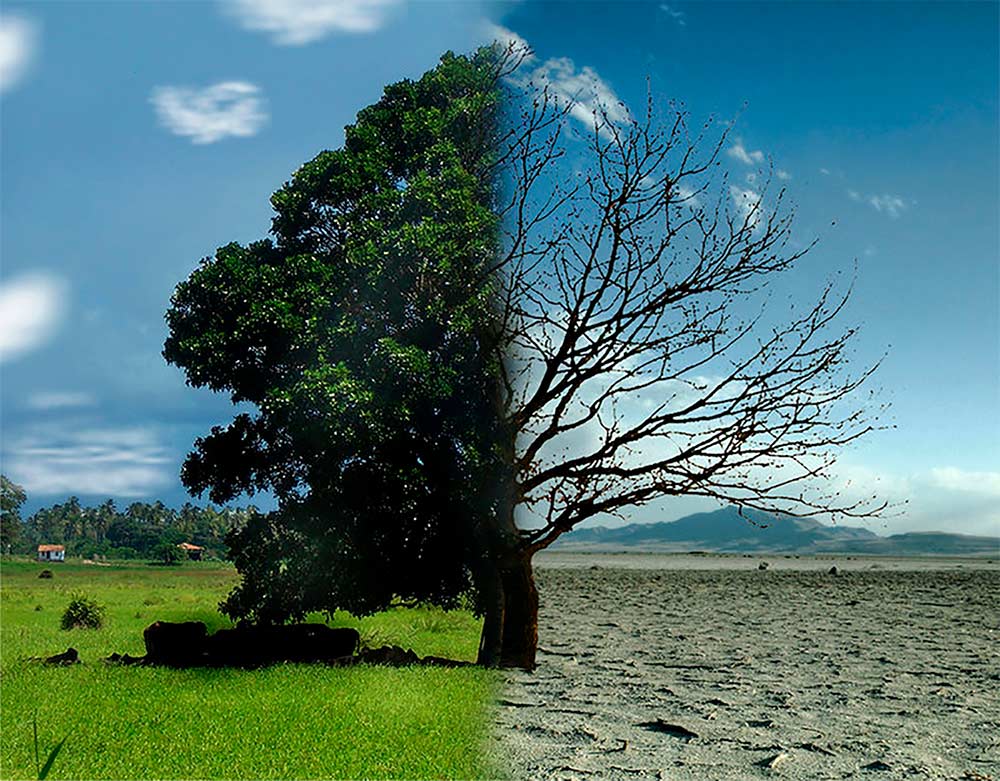
9. What is the role of mitigation, adaptation and resilience to climate change?
The Paris Agreement includes three pillars to fight climate change, in addition to preparing for and protecting against its consequences. These are: mitigation, adaptation and resilience.
Mitigation. It is a term that means to attenuate or soften a negative thing, such as an illness or a headache. In the case of global warming and climate change, mitigation refers to the reduction of GHG or fossil fuel emissions until their total eradication. They also include the improvement of the sumps to increase the absorption capacity of said gases. Likewise, programs such as carbon taxes and incentives for voluntary GHG reduction and clean energy substitution are considered.
Adaptation. It refers to the actions that must be carried out to prevent changes that may produce undesirable effects. In the case of global warming, adaptation refers to initiatives and measures that reduce the vulnerability of natural and human systems to climate change. Countries and communities must implement preventive measures and practices to avoid probable harm. Short-term and long-term actions must be contemplated, through environmental management, planning and disaster management.
Resilience. It is the capacity of adaptation of a living being to face a disturbing agent or an adverse state or situation. In the case of global warming and climate change, resilience refers to the capacity of an ecosystem to absorb disturbances, without significantly altering its structural and functional characteristics, and can return to its original state after the disturbance factor has ceased. . The societies that currently suffer consequences of climate change, such as frequent floods, desertification of soils, air pollution in cities, respiratory and dermatological syndromes, are better prepared to withstand future environmental catastrophes. The Paris Agreement places special emphasis on increasing the capacity for adaptation, strengthening resilience and reducing vulnerability to climate change.
Other FAQs about Climate Change
1. What is climate change and what is its origin?
2. What are the causes of global warming?
3. What are the consequences of climate change?
4. Are there examples of recent climate changes on Earth?
5. Why and how much will sea level rise in the future?
6. What are glaciers, icefield and Arctic ice and why are they related to climate change?
7. Is permafrost a climatic weather bomb due to global warming?
8. How will climate change affect humans and other species in the future?
9. What is the role of mitigation, adaptation and resilience to climate change?
10. How can we lose the fight against climate change?
11. What would happen if climate change could not be stopped?
12. Why the Amazon rainforest is the lung of the world?
13. Is the Amazon forest in danger of disappearing?
14. Have we reached the Anthropocene?
Other sections of Climate Change
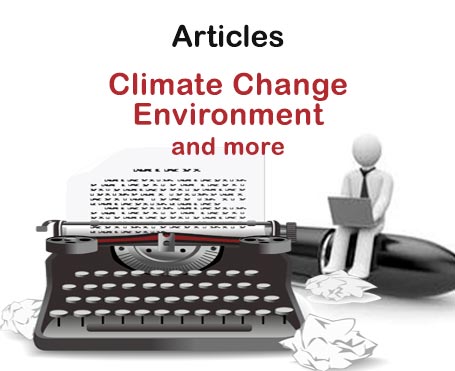
Pioneers of Climate Change
At all times and in all sciences, there have always been visionaries, those people who anticipate situations long before other persons can glimpse them. This is the case of Jean-Baptiste Joseph Fourier (1768-1830), a French mathematician and physicist, who in 1824 calculated that an object the size of the Earth and with a similar distance from the sun, it should be much colder to what our planet is really like. He affirmed that it was maintained with a temperate climate because the atmosphere retains the heat as if it were under glass. Thus, Fourier has the honor of being the first to use the greenhouse analogy…

Climate change, what is it and what are its causes?
Anthropogenic climate change is the variation of climate status attributed to human activity that alters the composition of the atmosphere and has consequences on the entire planet. The main cause of climate change is global warming caused by emissions of greenhouse gases (GHG), of anthropogenic origin, among which CO2 is the most frequent. The sources responsible for these emissions are the burning of fossil fuels such as oil, coal and gas, used mainly in industry and transport.

